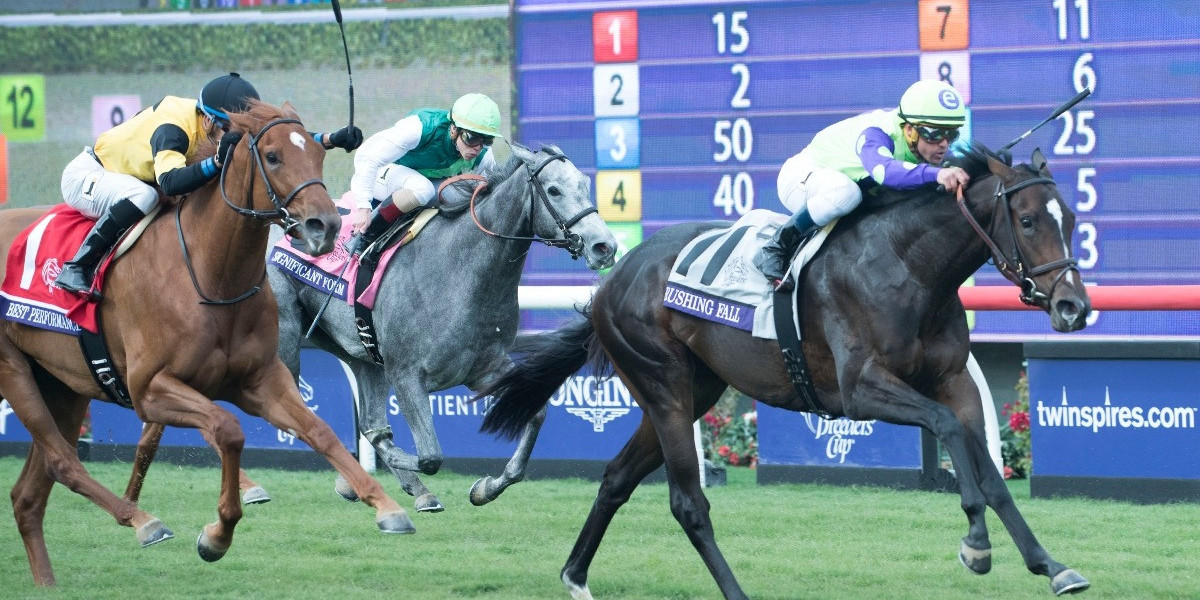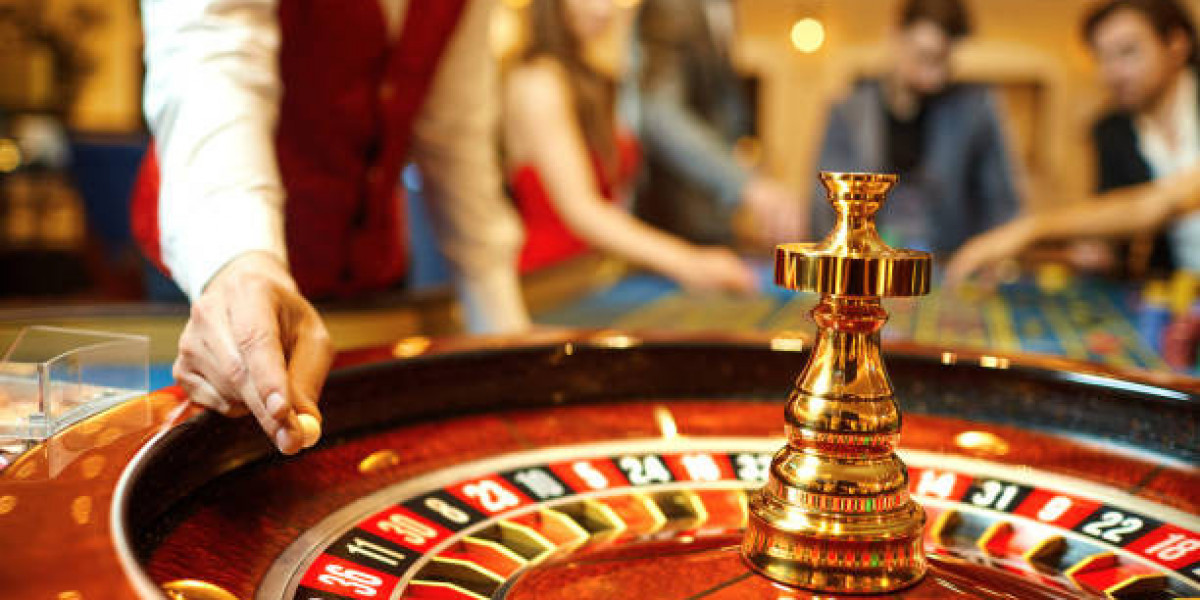Selecting the right horse is the foundation of every smart wager when it comes to horse racing betting sites and building a consistent betting strategy. While luck plays a part in every race, careful analysis and observation can dramatically increase your chances of picking a winner. By understanding the factors that influence performance, you can make more confident and informed betting decisions.
The first and most important step is to study the form guide. This provides a detailed summary of each horse’s recent races, including finishing positions, track conditions, distances, and competition level. Look for horses that show consistency — finishing near the top in multiple recent races — rather than those that alternate between strong and poor performances. A horse in good form often continues to perform well, especially under familiar conditions.
Next, examine the class of the race. Horse racing is divided into different classes or grades, and horses moving up in class may face tougher competition, while those dropping down could have an advantage. A horse that has struggled in a higher class race might be a strong contender when competing against easier opposition.
The trainer and jockey combination also plays a critical role. Trainers with strong records often prepare their horses better for specific distances or race types. Likewise, experienced jockeys understand how to pace and position their mounts effectively. Studying win percentages and the history of successful trainer-jockey partnerships can reveal hidden strengths worth betting on.
Another key element is track condition. Horses have preferences just like athletes — some excel on firm ground, while others perform better on soft or muddy tracks. Checking past results under similar conditions gives you a valuable clue about how a horse might handle today’s surface. Weather forecasts and track reports are essential tools for making these judgments.
You should also pay attention to the distance of the race. Horses are generally suited to certain lengths — sprinters perform best over short distances, while stayers have the stamina for longer runs. If a horse is changing distance categories, review how it has performed in previous attempts at that range.
Another useful statistic is the speed rating, which quantifies how fast a horse has run in past races after accounting for variables like track and distance. Comparing speed ratings among the field can highlight which horses are likely to perform well.
Don’t overlook odds movement leading up to the race. Sudden shifts in odds can signal insider confidence or strong betting activity on a particular horse. However, treat such movements cautiously — while they can offer clues, they aren’t guarantees.
Finally, remember that even with the best analysis, no system is foolproof. Variability is part of horse racing’s charm and challenge. The goal isn’t to win every bet but to make informed, disciplined choices that give you the best possible long-term edge.
By combining research, observation, and patience, you’ll develop an eye for identifying value and potential — the traits that define every successful horse racing bettor.








